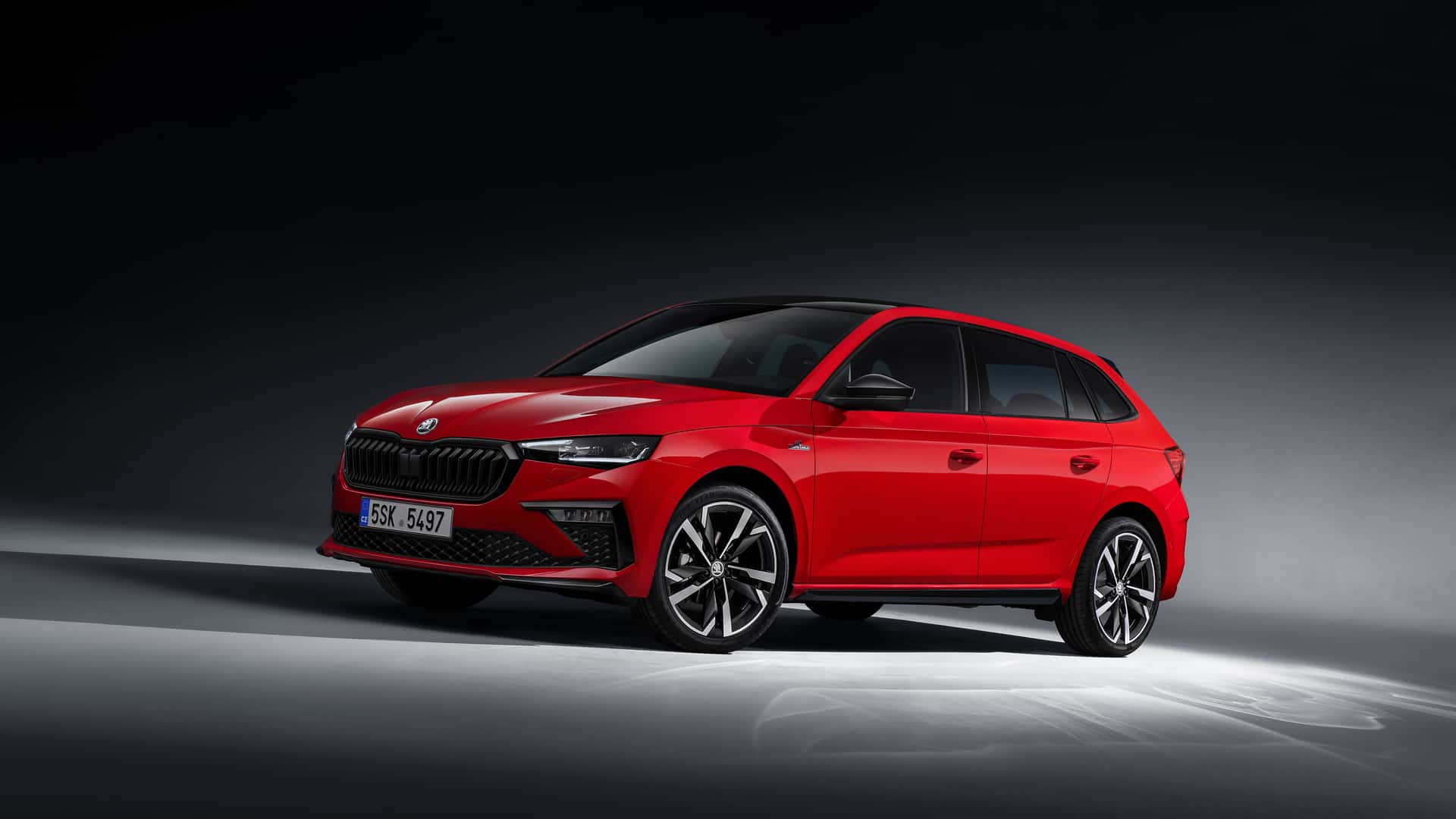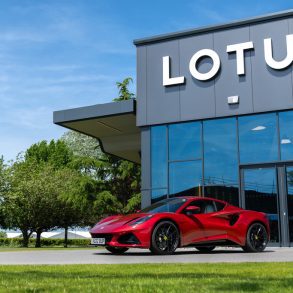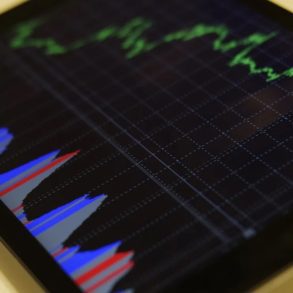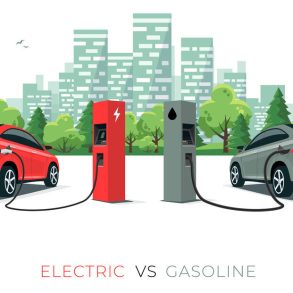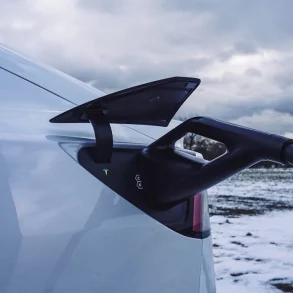Volkswagen Group Sales Data, Trends & Analysis for the European Automotive Market
The Volkswagen Group, often abbreviated as VW Group, is one of the world’s largest automotive conglomerates, headquartered in Wolfsburg, Germany. The group owns several well-known car, motorcycle, and commercial vehicle brands. Over the years, the Volkswagen Group has strategically acquired various companies, expanding its portfolio and global reach. Brands that sit under the Volkswagen Group umbrella include Volkswagen, Audi, SEAT, Skoda, Bentley, Bugatti, Lamborghini and Porsche.
Volkswagen Group European Sales Figures & Recent Highlights
Volkswagen Group has been selling cars in Europe since 1937, when the company was founded. The company’s first model was the Beetle, which quickly became popular with European consumers. Volkswagen Group is the largest automaker in Europe, accounting for over 20% of the total European car market in 2022. The company’s most popular brands in Europe are Volkswagen, Škoda, and Audi. These brands are known for their affordable, reliable, and fuel-efficient cars.
Volkswagen Group has performed well in the European market in recent years. The company’s sales have been growing, and it has gained market share. In 2022, Volkswagen Group sold over 3.2 million cars in Europe. There are a number of factors contributing to Volkswagen Group’s success in Europe. One factor is the company’s strong brand portfolio. Volkswagen Group owns a number of iconic brands that are well-known and respected by European consumers.
A significant recent challenge for the VW Group, and indeed the entire automotive industry in Europe, was the “Dieselgate” scandal. However, Volkswagen has been investing heavily in electric mobility, aligning with Europe’s stringent emissions regulations and the overall industry shift towards sustainable mobility. The European market is undergoing rapid changes, especially with the push for EVs and the introduction of stricter environmental regulations. VW Group, with its diverse brand portfolio, is strategically positioned to cater to various segments, from mass-market to luxury.
Volkswagen Group Annual Sales, Growth & Market Share in Europe
Below we have a table that shows total Volkswagen Group sales volumes for the European automotive market, broken out by year. This data captures all Volkswagen Group sales for the entire European automotive market, including sub-brands.
| Year | Sales | YOY Change | Marketshare | Marketshare Change |
|---|---|---|---|---|
| 1950 | 2 | 0.00 | 100.00 | 0.00 |
| 1951 | 50 | 2,400.00 | 100.00 | 0.00 |
| 1952 | 93 | 86.00 | 100.00 | 0.00 |
| 1953 | 75 | -19.35 | 100.00 | 0.00 |
| 1954 | 827 | 1,002.67 | 100.00 | 0.00 |
| 1955 | 3,189 | 285.61 | 100.00 | 0.00 |
| 1956 | 7,375 | 131.26 | 100.00 | 0.00 |
| 1957 | 19,118 | 159.23 | 100.00 | 0.00 |
| 1958 | 25,036 | 30.96 | 100.00 | 0.00 |
| 1959 | 32,133 | 28.35 | 100.00 | 0.00 |
| 1960 | 35,697 | 11.09 | 100.00 | 0.00 |
| 1961 | 22,754 | -36.26 | 100.00 | 0.00 |
| 1962 | 32,514 | 42.89 | 100.00 | 0.00 |
| 1963 | 39,383 | 21.13 | 100.00 | 0.00 |
| 1964 | 41,051 | 4.24 | 100.00 | 0.00 |
| 1965 | 34,054 | -17.04 | 100.00 | 0.00 |
| 1966 | 40,198 | 18.04 | 100.00 | 0.00 |
| 1967 | 29,049 | -27.74 | 100.00 | 0.00 |
| 1968 | 57,862 | 99.19 | 99.43 | -0.57 |
| 1969 | 54,985 | -4.97 | 95.81 | -3.78 |
| 1970 | 72,515 | 31.88 | 92.84 | -3.19 |
| 1971 | 68,561 | -5.45 | 61.71 | -50.45 |
| 1972 | 74,881 | 9.22 | 56.71 | -8.82 |
| 1973 | 74,598 | -0.38 | 33.96 | -66.98 |
| 1974 | 54,485 | -26.96 | 30.87 | -10.00 |
| 1975 | 84,467 | 55.03 | 37.70 | 18.12 |
| 1976 | 69,567 | -17.64 | 28.07 | -34.30 |
| 1977 | 86,844 | 24.84 | 24.87 | -12.89 |
| 1978 | 95,036 | 9.43 | 24.97 | 0.40 |
| 1979 | 80,653 | -15.13 | 17.29 | -44.38 |
| 1980 | 103,670 | 28.54 | 10.45 | -65.49 |
| 1981 | 116,374 | 12.25 | 9.04 | -15.64 |
| 1982 | 94,482 | -18.81 | 7.73 | -16.96 |
| 1983 | 96,057 | 1.67 | 5.83 | -32.63 |
| 1984 | 135,710 | 41.28 | 6.43 | 9.39 |
| 1985 | 151,097 | 11.34 | 4.07 | -57.81 |
| 1986 | 130,765 | -13.46 | 3.28 | -24.11 |
| 1987 | 134,558 | 2.90 | 3.69 | 11.03 |
| 1988 | 114,483 | -14.92 | 2.97 | -24.34 |
| 1989 | 80,719 | -29.49 | 2.32 | -28.14 |
| 1990 | 65,969 | -18.27 | 2.19 | -5.66 |
| 1991 | 40,835 | -38.10 | 1.49 | -47.09 |
| 1992 | 36,975 | -9.45 | 1.42 | -4.63 |
| 1993 | 25,945 | -29.83 | 0.94 | -51.04 |
| 1994 | 19,307 | -25.58 | 0.80 | -17.54 |
| 1995 | 7,076 | -63.35 | 0.26 | -209.32 |
| 1996 | 7,016 | -0.85 | 0.25 | -1.99 |
| 1997 | 10,796 | 53.88 | 0.37 | 31.60 |
| 1998 | 15,890 | 47.18 | 0.51 | 26.97 |
| 1999 | 11,539 | -27.38 | 0.39 | -30.73 |
| 2000 | 14,133 | 22.48 | 0.50 | 22.79 |
| 2001 | 13,327 | -5.70 | 0.59 | 13.95 |
| 2002 | 8,675 | -34.91 | 0.36 | -60.65 |
| 2003 | 0 | -100.00 | 0.00 | 0.00 |
| 2004 | 0 | 0.00 | 0.00 | 0.00 |
| 2005 | 328,886 | 0.00 | 1.92 | 100.00 |
| 2006 | 336,342 | 2.27 | 2.02 | 4.79 |
| 2007 | 329,169 | -2.13 | 2.03 | 0.54 |
| 2008 | 310,358 | -5.71 | 2.33 | 12.84 |
| 2009 | 303,107 | -2.34 | 2.88 | 19.30 |
| 2010 | 379,117 | 25.08 | 3.23 | 10.82 |
| 2011 | 462,408 | 21.97 | 3.58 | 9.62 |
| 2012 | 637,122 | 37.78 | 4.08 | 12.31 |
| 2013 | 595,738 | -6.50 | 3.80 | -7.34 |
| 2014 | 583,311 | -2.09 | 3.53 | -7.76 |
| 2015 | 596,922 | 2.33 | 3.41 | -3.42 |
| 2016 | 584,254 | -2.12 | 3.32 | -2.72 |
| 2017 | 620,772 | 6.25 | 3.59 | 7.58 |
| 2018 | 634,509 | 2.21 | 3.65 | 1.61 |
| 2019 | 649,001 | 2.28 | 3.81 | 4.06 |
| 2020 | 599,595 | -7.61 | 4.08 | 6.63 |
| 2021 | 630,479 | 5.15 | 4.22 | 3.32 |
| 2022 | 498,566 | -20.92 | 3.64 | -15.75 |
| 2023 | 631,610 | 26.69 | 4.07 | 10.40 |
| 2024 | 140,130 | 0.00 | 3.69 | 0.00 |
Volkswagen Group Europe Annual Sales Units & Growth Chart
Below is a visual representation of Volkswagen Group’s European sales units over time. We have both the Volkswagen Group sales units and the growth in the European market. Click on the items in the legend to see each series by itself.
Volkswagen Group Europe Growth Rate & Market Share Chart
Below is the annual growth rate for the Volkswagen Group in Europe, shown against the Volkswagen Group’s marketshare changes in Europe. This gives you a good look into how the Volkswagen Group has faired against the other brands in terms of absolute sales and effect on marketshare. Click on the items in the legend to see each series by itself.

